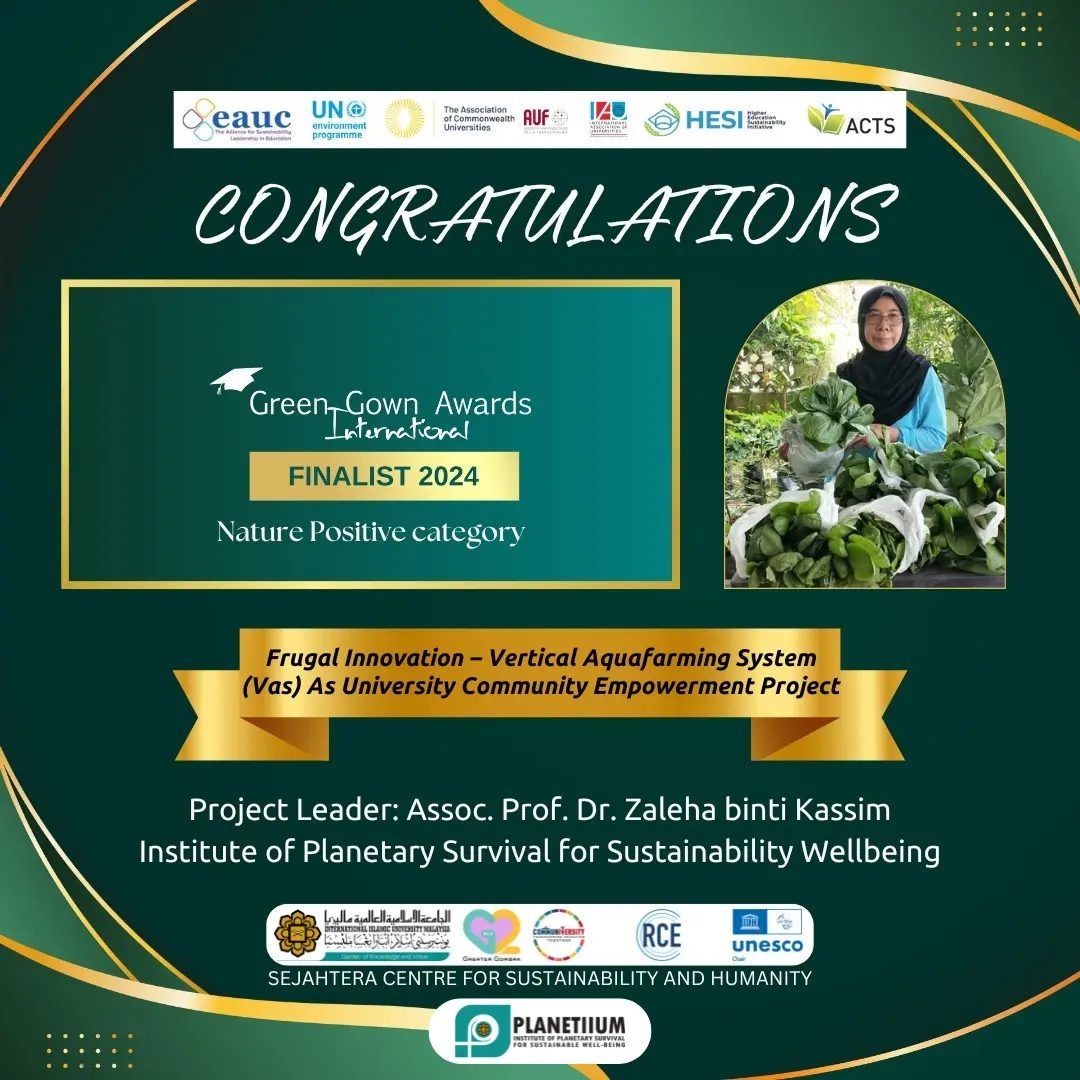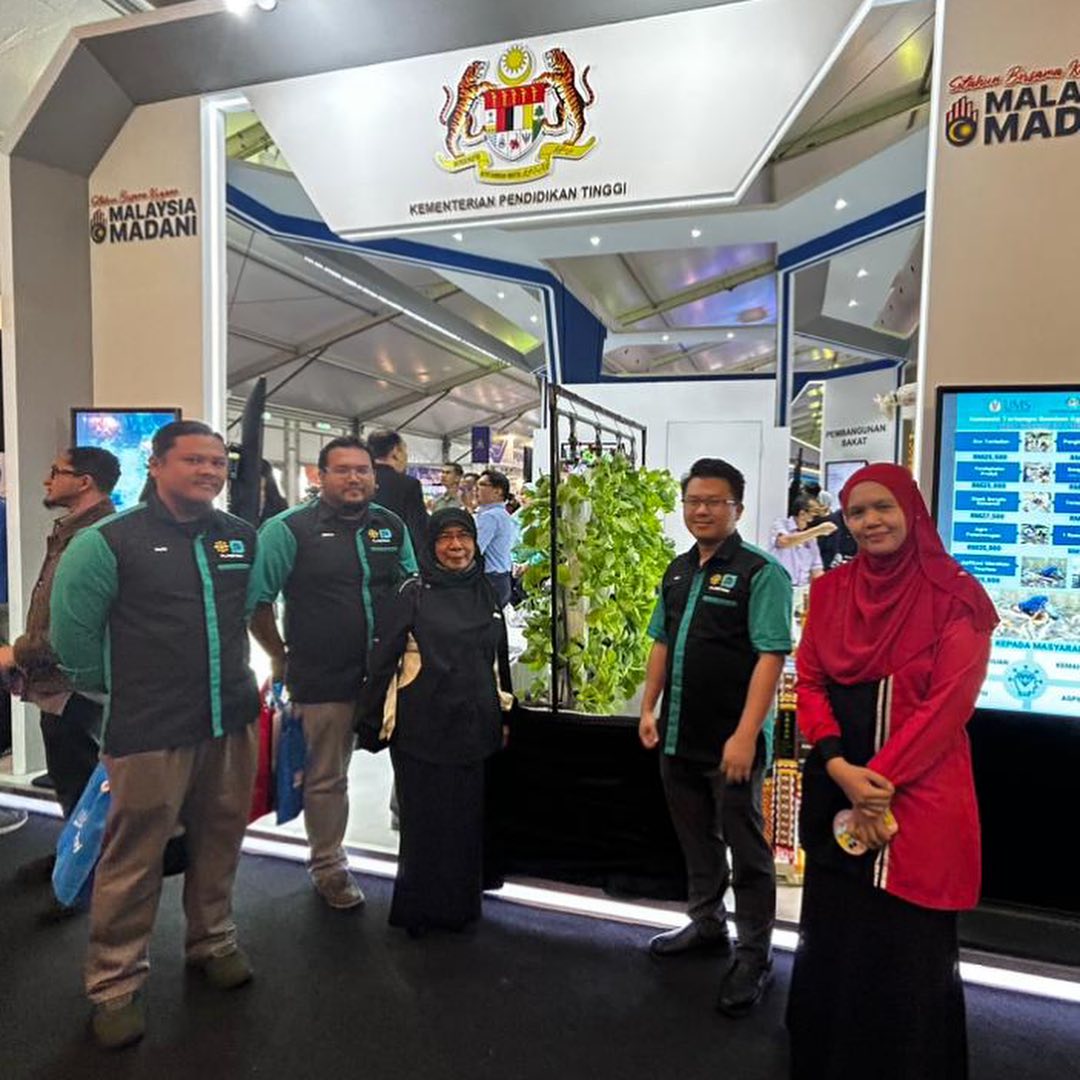VAFS: Vertical Aquafarming System
The project offers an innovative approach in improving food sustainability and addressing issues of poverty and hunger. The aquafarming system used provides an intriguing solution as it integrates soilless agriculture with fish farming, leveraging the natural nutrient cycle between plants and fish.
Advantages of the aquaponic system include more efficient water usage compared to conventional farming, as water is reused within the system’s cycle, and it also minimizes the need for external inputs such as chemical fertilizers. Additionally, with the use of frugal innovation, this system can become more affordable and accessible to communities with limited resources.
Through this approach, communities can enhance local food availability, reduce reliance on food imports, and empower local populations to produce their own food in a sustainable and environmentally friendly manner. This is a positive step towards building food resilience and reducing social inequality within communities.
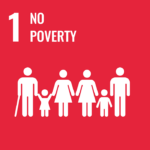
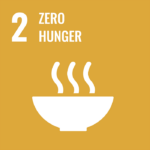
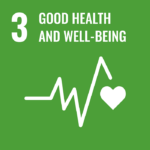
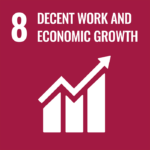
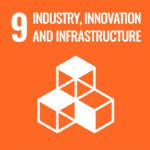


OBJECTIVES
- Enhance food sustainability: The project might improve the sustainability of food production by implementing an innovative approach that integrates vegetable cultivation and fish farming.
- Address poverty and hunger: By increasing local food production and empowering communities to produce their own food, the project seeks to mitigate the effects of poverty and hunger within the target communities.
- Introduce aquaponic systems: The project aims to introduce and promote the use of aquaponic systems as a solution for soilless vegetable cultivation and fish farming, highlighting the benefits of this integrated approach.
- Foster community empowerment: By providing communities with the knowledge and technology to implement aquaponic systems, the project aims to empower them to take control of their food production and reduce dependence on external food sources.
HOW COMMUNITY CAN BENEFIT FROM THE PROJECT?
- Community impact: Improve food security, consistent supply of food and reducing reliance on imported/market food.
- Economic impact: Create economic opportunities for local entrepreneurs involved in the production and sale of VAFS grown vegetables and fish.
- Social impact: The project can promote knowledge sharing and capacity building among the community as well as empowering them to become more resilient and self-reliant.
- Health impact: Access to fresh, locally grown produce can improve community health by providing nutritious food options and reducing the consumption of processed and unhealthy foods.
- Environmental impact: The adoption of aquaponic systems can lead to reduced water usage and lower environmental impact compared to conventional agriculture, contributing to water conservation and mitigating pollution from chemical fertilizers.

